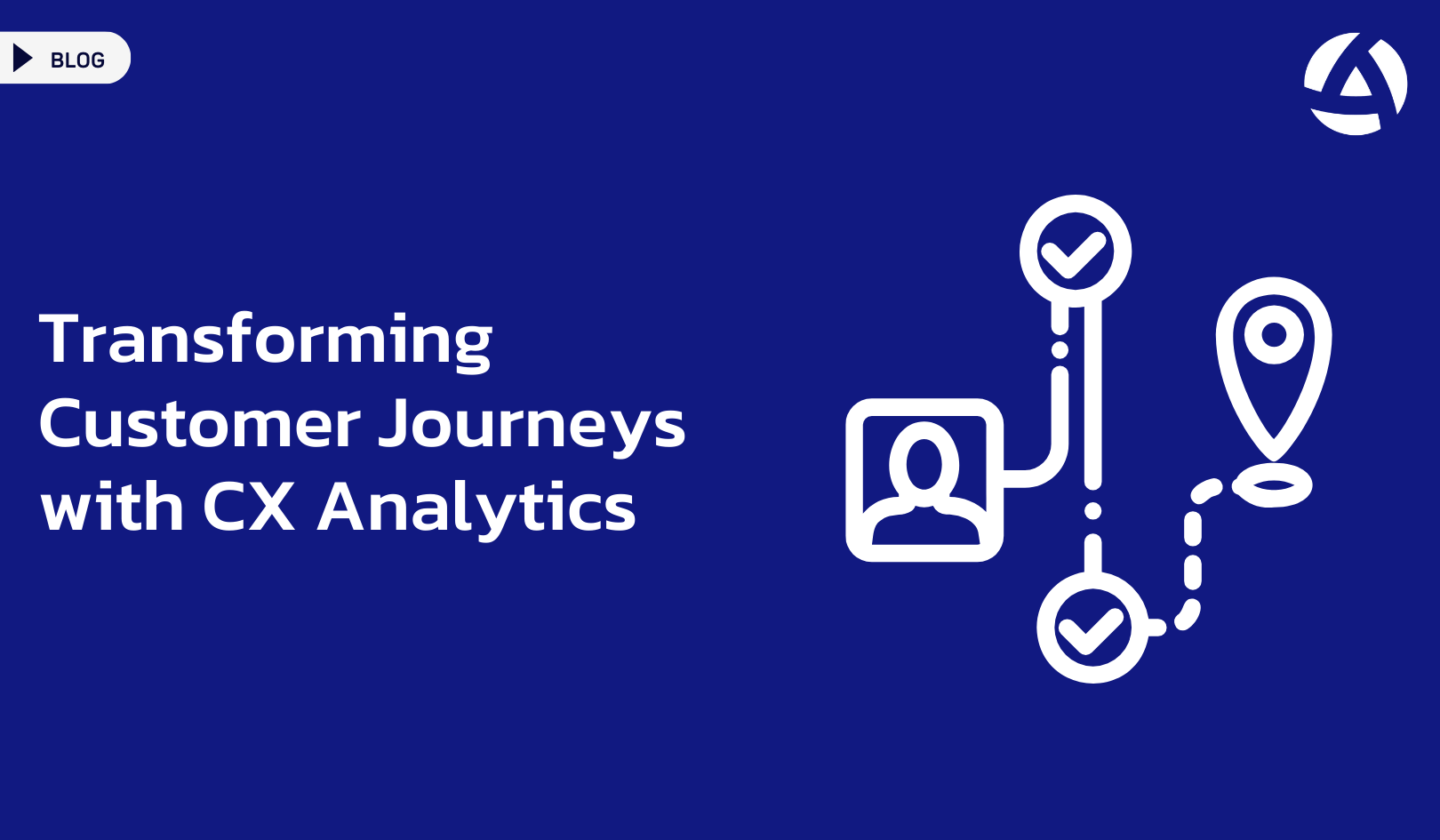Customer journey maps are essential tools for understanding the various touchpoints and experiences a customer has with a brand. By leveraging customer experience analytics, businesses can gain deeper insights into these interactions and identify areas for improvement. This blog post will guide you through the process of analyzing customer journey maps using customer experience analytics to enhance your customer satisfaction and loyalty.
Understanding Customer Journey Maps
A customer journey map is a visual representation of the steps a customer takes when interacting with your business, from initial awareness to post-purchase follow-up. These maps highlight key touchpoints, emotions, and potential pain points, providing a holistic view of the customer experience. Analyzing these maps helps businesses understand customer behavior and optimize their strategies accordingly.
The Role of Customer Experience Analytics
Customer experience analytics involves collecting and analyzing data from various customer interactions to gain actionable insights. These insights can help businesses improve their products, services, and overall customer experience. According to a Forrester report, companies that invest in customer experience analytics see significant improvements in customer satisfaction and loyalty. By applying CX analytics to journey maps, companies can pinpoint specific areas where customers face challenges and identify opportunities for enhancement.
Steps to Analyze Customer Journey Maps Using Customer Experience Analytics
- Step 1: Collect Data from Multiple Sources
To start, gather data from all customer touchpoints, including website visits, social media interactions, customer service calls, and in-store visits. This data provides a comprehensive view of the customer journey and helps in identifying key patterns and trends. - Step 2: Identify Key Touchpoints
Use customer experience analytics to identify the most critical touchpoints in the customer journey. These are the moments that significantly impact customer satisfaction and loyalty. Understanding which touchpoints matter most allows businesses to prioritize their efforts and resources effectively. - Step 3: Analyze Customer Sentiment
Customer experience analytics can help assess customer sentiment at each touchpoint. By analyzing feedback, reviews, and social media mentions, businesses can gauge how customers feel about their interactions. This sentiment analysis highlights areas of strength and areas needing improvement. - Step 4: Map Customer Emotions
Mapping customer emotions throughout the journey provides valuable insights into how customers feel at different stages. CX analytics tools can track emotional responses, helping businesses understand where customers experience frustration or delight. Addressing negative emotions can significantly enhance the overall experience. - Step 5: Identify Pain Points
Use customer experience analytics to identify pain points in the journey. These are moments where customers encounter obstacles or frustrations. By pinpointing these issues, businesses can implement targeted solutions to remove barriers and improve the customer experience. - Step 6: Segment Customer Journeys
Not all customers have the same journey. Segmenting customers based on demographics, behavior, or preferences allows for a more personalized analysis. CX analytics can help identify distinct customer segments and their unique journeys, enabling tailored strategies to meet their specific needs. - Step 7: Measure Key Performance Indicators (KPIs)
Establish KPIs to measure the success of your customer experience initiatives. Metrics such as Net Promoter Score (NPS), Customer Satisfaction (CSAT), and Customer Effort Score (CES) can provide valuable insights into the effectiveness of your efforts. CX analytics tools can track these KPIs and highlight areas for improvement. - Step 8: Continuously Monitor and Iterate
Customer experience is not static; it evolves over time. Continuously monitor customer journey maps using CX analytics to stay updated on changing customer behaviors and preferences. Regularly iterate and refine your strategies to ensure a consistently positive experience.
Benefits of Analyzing Customer Journey Maps
Analyzing customer journey maps using customer experience analytics offers several benefits:
- Improved Customer Satisfaction: By addressing pain points and enhancing touchpoints, businesses can significantly improve customer satisfaction.
- Increased Customer Loyalty: A positive customer experience fosters loyalty, leading to repeat business and positive word-of-mouth referrals.
- Better Resource Allocation: Identifying critical touchpoints allows businesses to allocate resources more effectively, focusing on areas that impact customer experience the most.
- Enhanced Personalization: Segmenting customer journeys enables personalized interactions, meeting the unique needs of different customer groups.
Conclusion
Customer journey maps are powerful tools for understanding and improving the customer experience. By leveraging customer experience analytics, businesses can gain deeper insights into customer interactions and identify areas for enhancement. Analyzing these maps helps create a more satisfying and seamless experience, fostering customer loyalty and driving business success. Embrace CX analytics to unlock the full potential of your customer journey maps and elevate your overall customer experience.
If you want to learn more about CX Analytics you can read our blog “Customer Experience Analytics: Turning Data into Insights“





